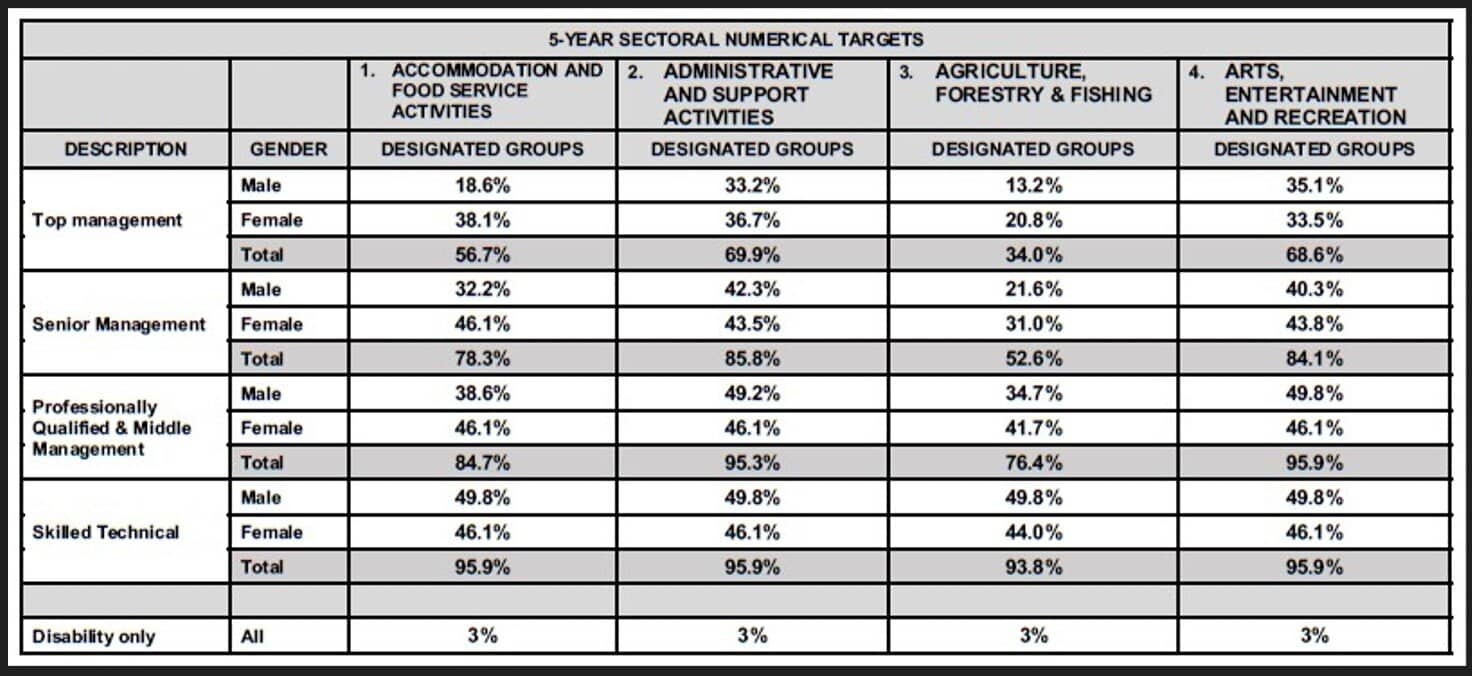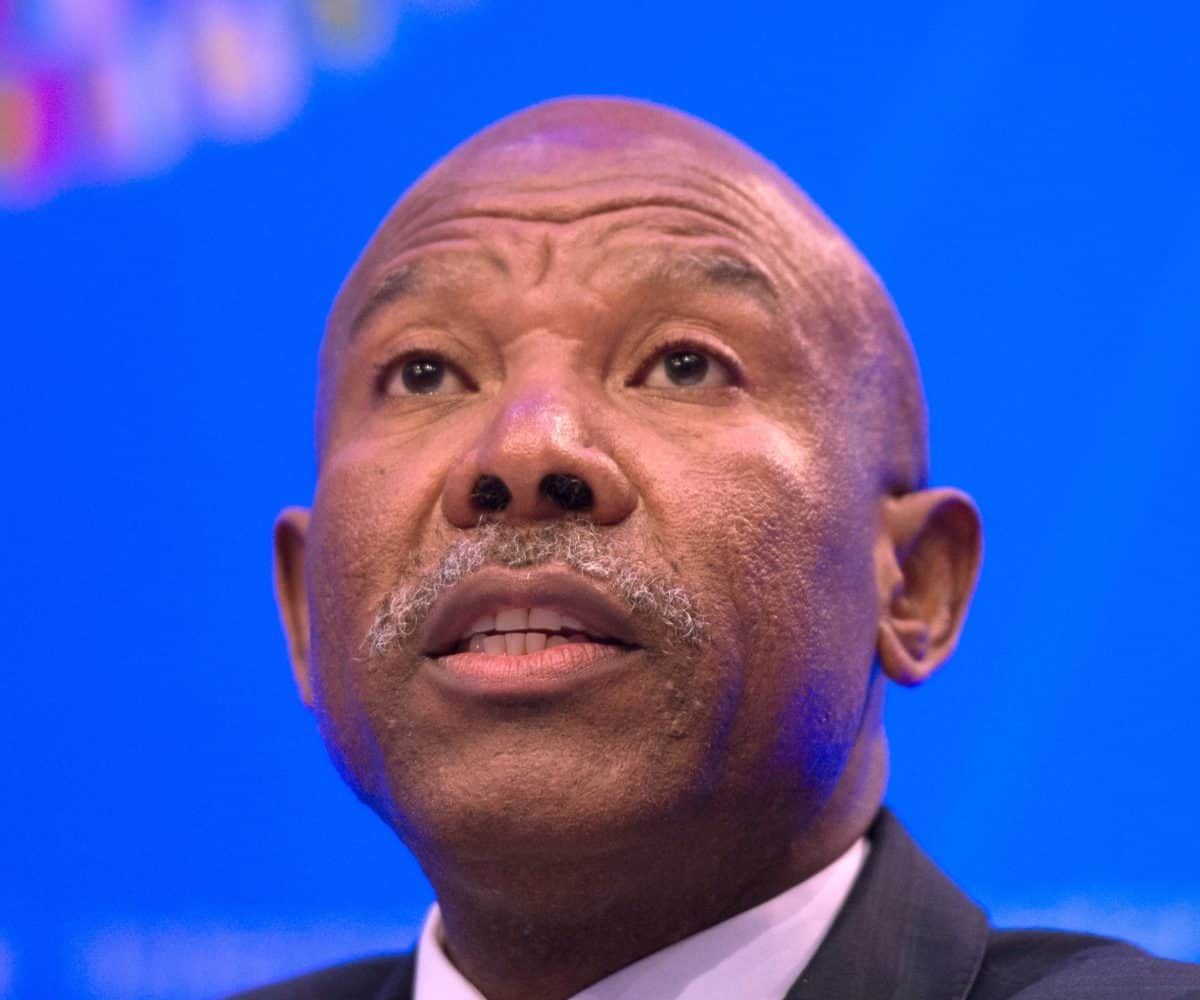The Reserve Bank’s Monetary Policy Review considered various scenarios based on the US import tariffs and the end of Agoa.
The South African Reserve Bank (Sarb) warns in the latest Monetary Policy Review that global trade tensions in the form of Trump’s trade tariffs, ending South Africa’s preferential access to US markets and the falling rand can cut the country’s gross domestic product (GDP) growth by 0.7%.
However, the Sarb says in its first Monetary Policy Review of the year that it expects the growth of South Africa’s GDP to increase by 1.7% this year, while potential growth is expected to strengthen to 1.4%.
The previous Monetary Policy Review was issued in October last year.
Although Sarb Governor Lesetja Kganyago said at the launch of the Monetary Policy Review that South Africa made significant progress in lowering inflation, he pointed out that risks to inflation and economic growth have increased on the local and international fronts since the beginning of the year.
“We meet at a time of global economic turmoil. The optimism we shared in October has largely faded, replaced by heightened uncertainty driven by trade tensions. At home, we made significant progress on disinflation, along with improvements in the energy and logistics sectors.
“With inflation and expectations better contained, we reduced borrowing costs to support economic activity. However, risks to domestic inflation and growth increased notably since the start of the year.”
ALSO READ: Rand reaches record low on Wednesday, trading at R19.93/dollar
Reserve Bank committed to anchoring inflation and maintaining price stability
Kganyago emphasised that the Sarb remains committed to protecting the buying power of the rand by anchoring inflation and maintaining price stability.
He said the Sarb decided to keep the repo rate unchanged last month at 7.5% due to risks to the economic forecast on the upside and downside, with medium risks toward the upside. Kganyago added that the Sarb will consider further cutting of the repo rate with caution due to the highly volatile economic environment.
In addition, he emphasised that the Sarb is committed to keeping inflation in check, as high prices affect poor South Africans the hardest. However, he said that the Sarb believes the current inflation target is too high to achieve long-term stability.
“As the Sarb we support growth and employment primarily by reducing macroeconomic and financial instability. In doing so, we help create a more favourable environment for business in our country.
“While inflation has declined significantly, our relatively high target remains inconsistent with true price stability which is our constitutional mandate. Price stability is achieved when households and businesses no longer factor inflation into their day-to-day spending and investment decisions.”
ALSO READ: Trump tariffs’ seesaw impact on Southern Africa
All scenarios Reserve Bank considered will reduce GDP
The Sarb considered various scenarios in the Monetary Policy Review. In its worst-case scenario, the Sarb modelled the potential termination of the African Growth and Opportunity Act (Agoa), coupled with a blanket US tariff on South African imports to the US and a depreciation of 15% in the value of the rand.
According to the Sarb this would increase inflation by 1% and 1.24% in the repo rate. These increases in inflation and the repo rate could reduce GDP by 0.69%.
In another model the Sarb considered the termination of Ago coupled with a full 25% blanket tariff. This would cut GDP by 0.23%, reduce inflation by 0.04%, and the repo rate by 0.08%.
The Sarb also modelled a less severe scenario with Agoa still terminated, but with no extra Trump tariffs that would cut GDP by 0.04% and cause almost no change to inflation and the repo rate.
According to the Monetary Policy Review, the world economy is experiencing extraordinarily high uncertainty. “Economic fault lines, stemming from policy shifts and heightened trade tensions, have emerged, adding to pre-existing geopolitical tensions.
“These shocks present new risks to GDP growth as well as inflation and rendered the global economic outlook more difficult to predict. US economic data, particularly consumer and business sentiment as well as stocks, softened unexpectedly and the US dollar weakened, while inflation remains relatively stubborn.”
ALSO READ: Trump’s tariffs pause good news for some but not for SA
Global inflation set to moderate, but confidence is lower – Reserve Bank
The review points out that although global headline inflation is expected to moderate further in 2025 and 2026, confidence is now lower. “Core inflation in advanced economies remains above targets, while inflation has been elevated in some emerging economies due to strong demand, fiscal concerns and currency weakness.
“The combination of persistent services inflation and potential tariff-induced price increases presents material upside risks to global inflation.”
Central banks are also expected to remain cautious due to increased inflation risks and the potential increase in neutral interest rates. However, modest further cuts by major central banks are still projected for this year although policy rates will likely remain higher for longer.
The Sarb says in the review that, with global interest rates high and risks elevated, the possibility for further rate cuts in emerging economies is limited as interest rate differentials narrow.
Inflation in South Africa is currently contained and the review states that the outlook appears moderate and in line with the 4.5% target midpoint. However, it points out, the uncertainty around this outlook has increased markedly since the beginning of the year due to global and domestic risks, particularly heightened geopolitical and trade tensions, as well as the proposed VAT increases.
ALSO READ: Economic ramifications of VAT increase: higher inflation, lower GDP
Reserve Bank says effect of VAT increases difficult to quantify
According to the Monetary Policy Review, the effect of the VAT increases is difficult to quantify in advance as they depend on an unknown pass-through rate and are staggered, which raises the risk of second-round effects.
The Sarb’s Monetary Policy Committee (MPC) lowered the repo rate by 50 basis points over the six-month period from October 2024 to March 2025, bringing it closer to its estimated neutral level, while another cut of 25 basis points is expected in the second quarter of this year.
The South African economy recorded disappointing growth over the past two years, mostly reflecting serious bottlenecks in the energy and logistical sectors, according to the Monetary Policy Review, which warns that while notable progress was achieved in stabilising these sectors, they may continue to drag on economic activity for some time.
“To ensure growth is more robust and resilient to shocks, domestic investment must increase significantly to rebalance the economy and complement household consumption spending. Investment and output growth can be boosted further by adopting policy measures that permanently lower inflation risk and strengthen competitiveness,” the Monetary Policy Review states.













